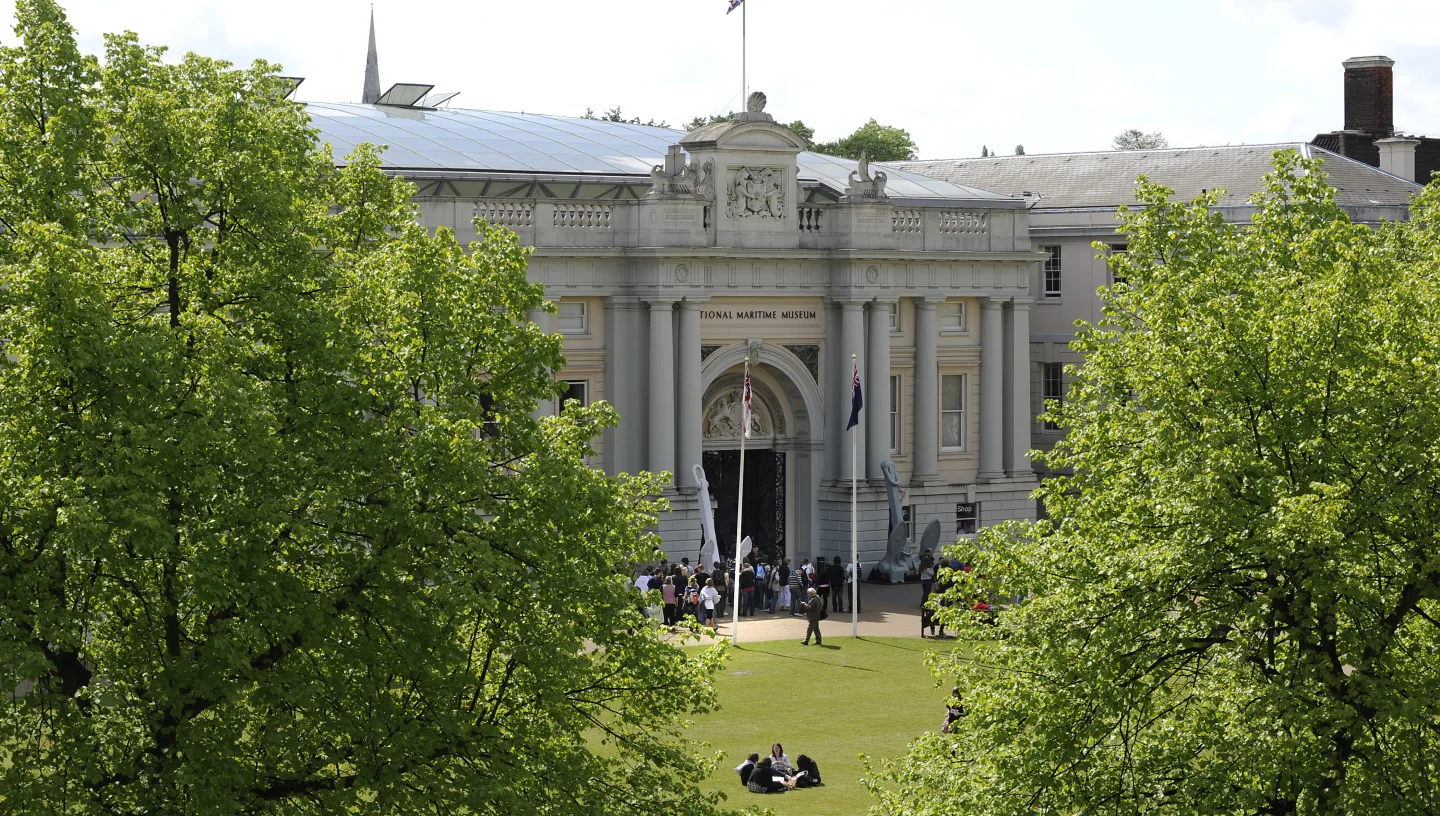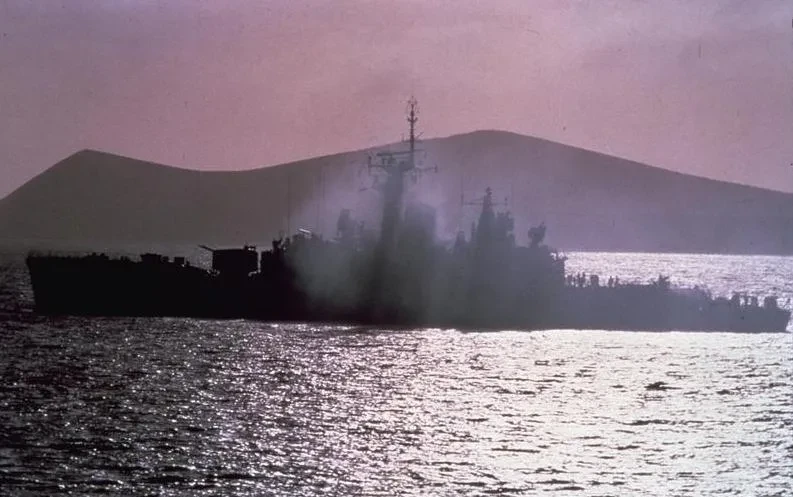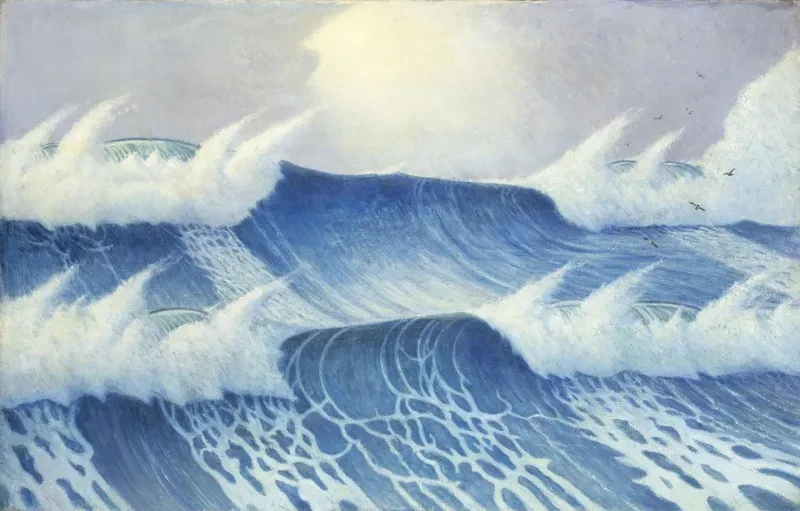
Naval volunteer Howard Ormerod shares his memories of 25 May 1982, when a container ship requisitioned by the British government was hit and sunk by Argentinian forces.
On 2 April 1982, Argentinian forces invaded the Falkland Islands. Efforts to resolve the conflict diplomatically soon failed, and on 5 April the British government launched an amphibious task force in response.
Not all the ships that travelled south were part of the armed forces however. A number of merchant vessels were requisitioned by the government to transport troops, supplies and equipment.
One of those was the 15,000 ton container ship SS Atlantic Conveyor. The ship was refitted, allowing it to both carry and fly Harriers and helicopters, and left Plymouth on 25 April 1982.

Among those on board was Howard Ormerod (pictured).
Prior to the Falklands, Howard worked at Devonport Naval Base where he was responsible for issuing naval stores to the Devonport Base Fleet. He also had some seagoing experience, serving on Royal Fleet Auxiliary vessels and travelling throughout Europe, to the USA, Kenya and the Bahamas.
When he was asked to volunteer for the naval task force he readily agreed, a decision helped by the fact that his partner Liz, a Senior Nursing Officer, had already deployed aboard the hospital ship SS Uganda.
As part of an oral history project run by the National Maritime Museum, Howard recently reflected on his experiences serving on the Atlantic Conveyor. Here he explains the intended role of the ship following requisition:
Like many in the task force, Howard expected the conflict to be resolved swiftly by politicians, and assumed that neither he nor the ship would ever reach the Falklands.
The ship made a brief stop in Sierra Leone before continuing to Ascension Island. The true gravity of the situation became ever clearer, particularly following the sinking of the General Belgrano and HMS Sheffield.
Atlantic Conveyor continued southwards, and soon all of the Harriers were transferred to the Royal Naval aircraft carriers – though the helicopters remained on board.
On 21 May, the British landed around 4,000 troops on East Falkland Island. The Argentinian forces responded with air raids against British ships, focusing on the Royal Navy warships. HMS Ardent and HMS Antelope were lost in the following days.
25 May was Argentina’s National Day, and British forces braced themselves for further assault. This time, Atlantic Conveyor was hit by two Exocet missiles. Howard describes the events:
The ship’s internal telephone system was lost in the strike and the extent of the damage was not initially clear. Eventually Howard ran to the bridge to find officers pulling on survival suits.
As the fire on board grew out of control, the order came to abandon ship. Howard recalls this moment:
Howard was taken aboard HMS Alacrity which had gathered alongside, scrambling up the net on the side of the ship to safety. Not everyone was so lucky.
Twelve men lost their lives in the sinking of Atlantic Conveyor: six from the Merchant Navy, three from the Royal Navy and three from the Royal Fleet Auxiliary. The sinking also had repercussions for the broader conflict: valuable equipment, including nine helicopters, was lost, meaning that troops had to travel on foot from San Carlos to Port Stanley.
Howard was eventually transferred from Alacrity to the tanker British Tay and taken back to Ascension Island. From there he was flown back to the UK via Sierra Leone, where he was given six weeks' shore leave.
Howard spent the rest of the conflict at home, keeping an eye on events and aware that Liz, his partner, was still serving aboard Uganda.
The couple reunited at last when Uganda returned to Southampton in August. Howard and Liz married a few weeks later.

Visit the National Maritime Museum
Main image © IWM FKD 217



